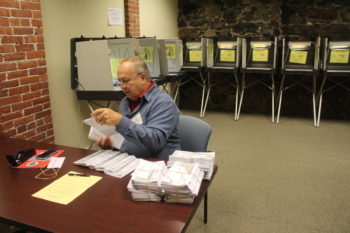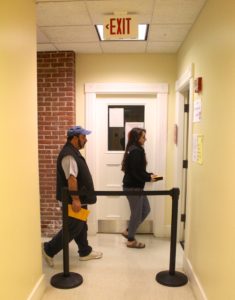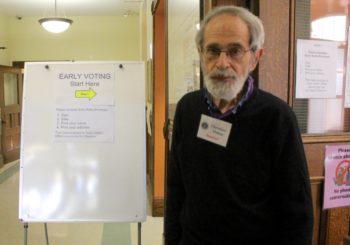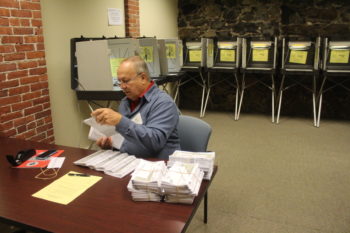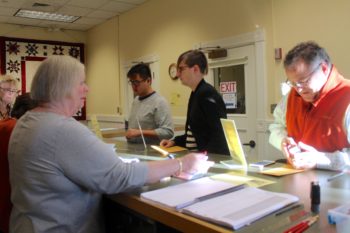Photo: League’s logo
The Belmont League of Women Voters will once again provide rides to the polls on Tuesday, Nov. 8 so residents can vote in the Presidential and state elections as well as four ballot questions.
Rides will be available from 9 a.m. to 6 p.m. to any of the eight precinct polling stations in town. To arrange a trip, either call the league at 617-771–8500 or e-mail: Rides@BelmontLWV.org
Polls will be open from 7 a.m. to 8 p.m.

